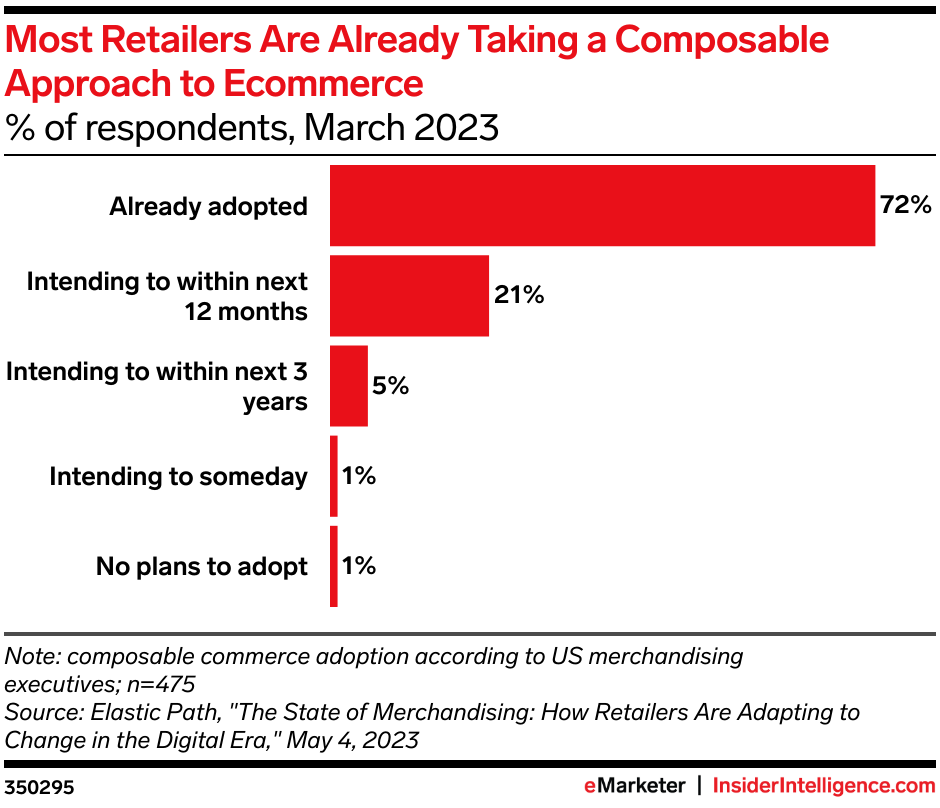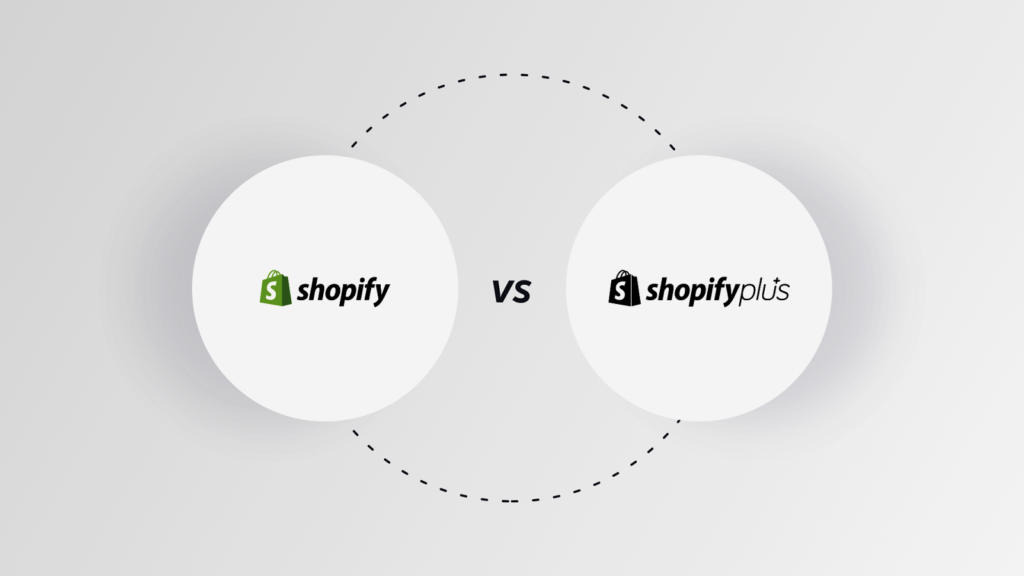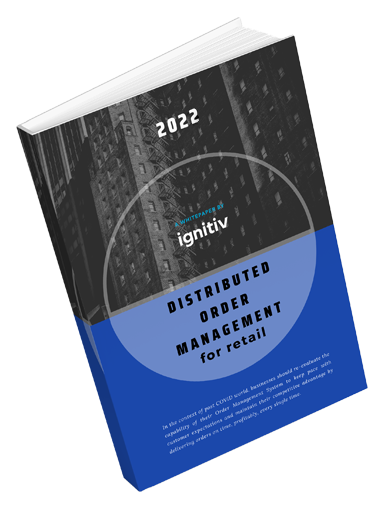Staying ahead of the curve in today’s dynamic commerce world is imperative for survival and not just a strategic choice. In a 2022 survey by commercetools, a remarkable 74% of organizations recognized the dire consequences associated with failing to embrace emerging commerce solutions. The survey further revealed that 45% of businesses have minimal budget allocated to improving commerce capabilities.
However, in light of the increasing popularity of headless eCommerce platforms and composable commerce solutions, more organizations are investing in their technological infrastructure. The data from a 2023 survey by Elastic Path, for instance, outlines that 72% of US retailers have already adopted composable commerce.

However, the concept of composable commerce, while undeniably promising, can be a perplexing path to traverse.
The Challenges of Composable Commerce Adoption
Composable commerce is gaining traction, but it’s not without challenges. Let’s look at some of the major issues that businesses face:
Businesses are unsure of what composable commerce is, what it entails, and what it can do for them. According to the aforementioned Elastic Path survey, just 35% of eCommerce experts are confident in their grasp of composable commerce. This lack of understanding can stall adoption efforts, as decision-makers struggle to see the value.
Legacy Systems
Legacy systems, often deeply ingrained in the IT infrastructure of organizations, serve as the foundation of a variety of workflows. But while they have provided reliability and stability over the years, they can become a significant hindrance to the adoption of new commerce solutions.
These aging systems are often monolithic in nature, making them stiff and less adaptive to composable commerce’s flexible and modular requirements. Furthermore, the high cost and complexity of replacing or updating old systems may discourage firms from adopting composable commerce altogether.
Budget Constraints
Many firms are put off by the cost of deploying composable commerce solutions. Not all businesses have the financial flexibility to participate in this change. They find money allocation to be difficult since it might compete with other strategic projects.
Technical Complexities
Composable commerce makes it easy for businesses to customize the eCommerce experience by choosing different commerce components. This flexibility is facilitated via the microservices architecture, which can prove challenging to manage for teams — especially those that have been working with monolithic solutions.
For successful composable commerce implementation, it’s crucial that the team is well-equipped with the knowledge of eCommerce tools, cloud-native technologies, DevOps, API management, and more. They must also be able to ensure data consistency, integrity, and security.
Changes Organizations Need to Undergo
To overcome the hurdles of adopting Composable Commerce, organizations must undergo several fundamental changes:
Infrastructure Modernization
Updating the infrastructure is critical if firms want to use composable commerce. They must upgrade or replace old systems with more adaptable, modular alternatives, which will not only help with composable commerce adoption but also increase the general efficiency and agility of eCommerce operations.
Financial Planning
Adopting composable commerce necessitates a well-planned financial strategy. Allocate resources intelligently, keeping the approach’s long-term advantages in mind. It’s also crucial to create a business case that showcases composable commerce’s ROI and competitive benefits.
Data Governance & Testing
One of the critical elements of ensuring successful commerce operations is data security, integrity, and governance. eCommerce businesses must ensure that they have robust data governance policies in place. They must also perform integration testing to identify and alleviate any discrepancies, bugs, defects, etc., for better customer experience management.
Education & Awareness
Educate the team about composable commerce’s benefits and intricacies. Businesses can accomplish this through training programs and even workshops. Understanding the value inherent in this approach simplifies the process and facilitates buy-in from the team.
How To Succeed with Composable Commerce Implementation?
Composable Commerce requires an agile implementation strategy. Expert partners like Ignitiv can assist in breaking the project down into manageable segments, allowing for regular modifications and improvements. This iterative procedure enables eCommerce firms to be more flexible in changing and handling any difficulties that may transpire.
More profoundly, expert partners can help in the successful adoption of composable commerce by:
- Developing a concrete plan that considers the existing infrastructure, the requirements, and the desired outcomes.
- Assessing the level of modularity needed for a particular business use case.
- Bringing the best-of-breed commerce components together to ensure excellent commerce services (like payment, order management, etc.) across the board.
- Developing strong data governance policies, enabling smooth data sharing, and providing real-time insights.
- Bridging the knowledge gap, tailoring solutions to meet specific business needs, and ensuring a risk-free setup.
- Ensuring continuous maintenance to address issues and optimize the system for amplified performance.
Conclusion
The journey towards Composable Commerce is undoubtedly challenging, but the rewards are immense. As per Gartner, organizations that have adopted a composable approach will likely outpace their competitors by 80% in terms of speedy implementation of new features. This reflects upon the immense competitive advantage and agility of embracing this eCommerce approach.








